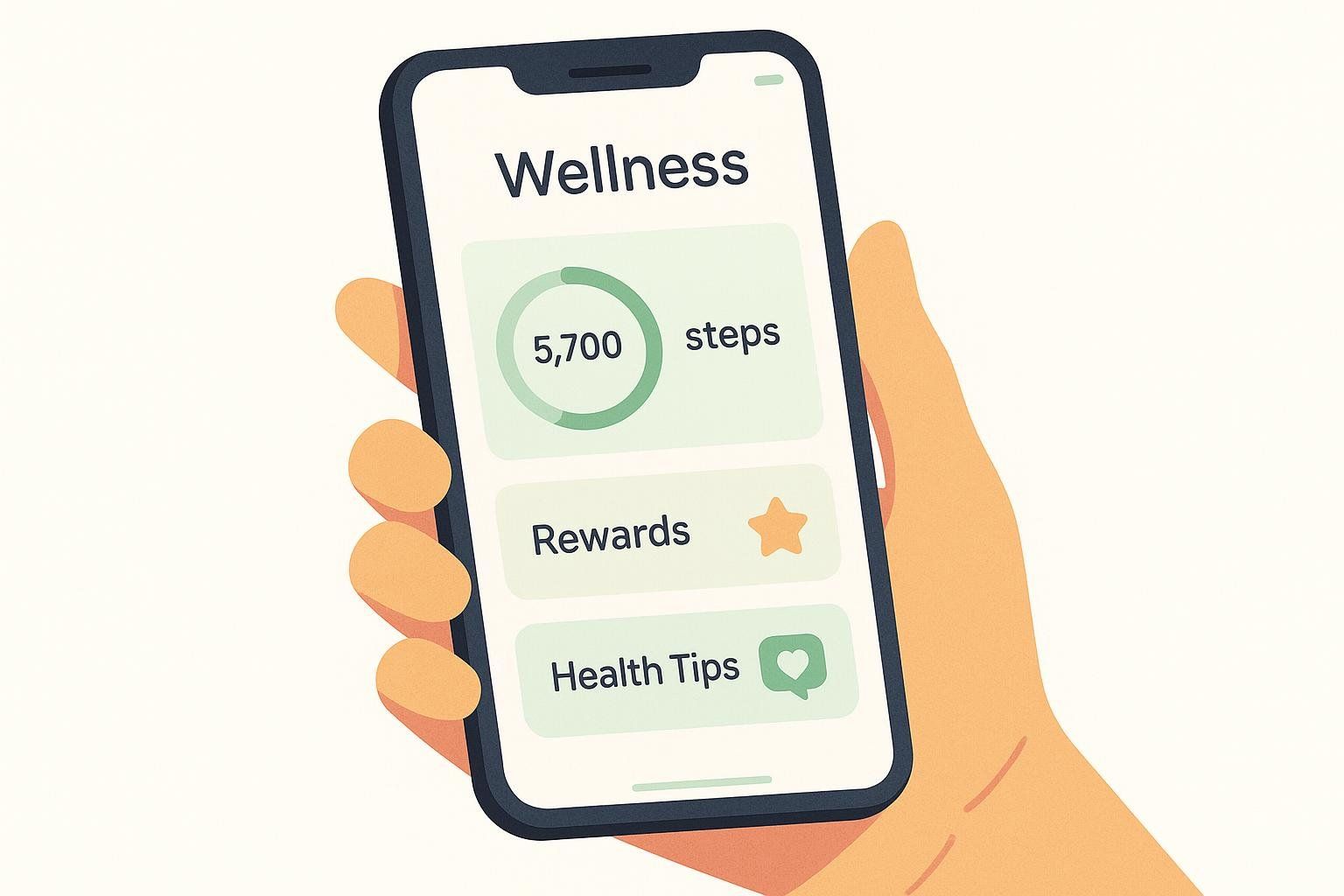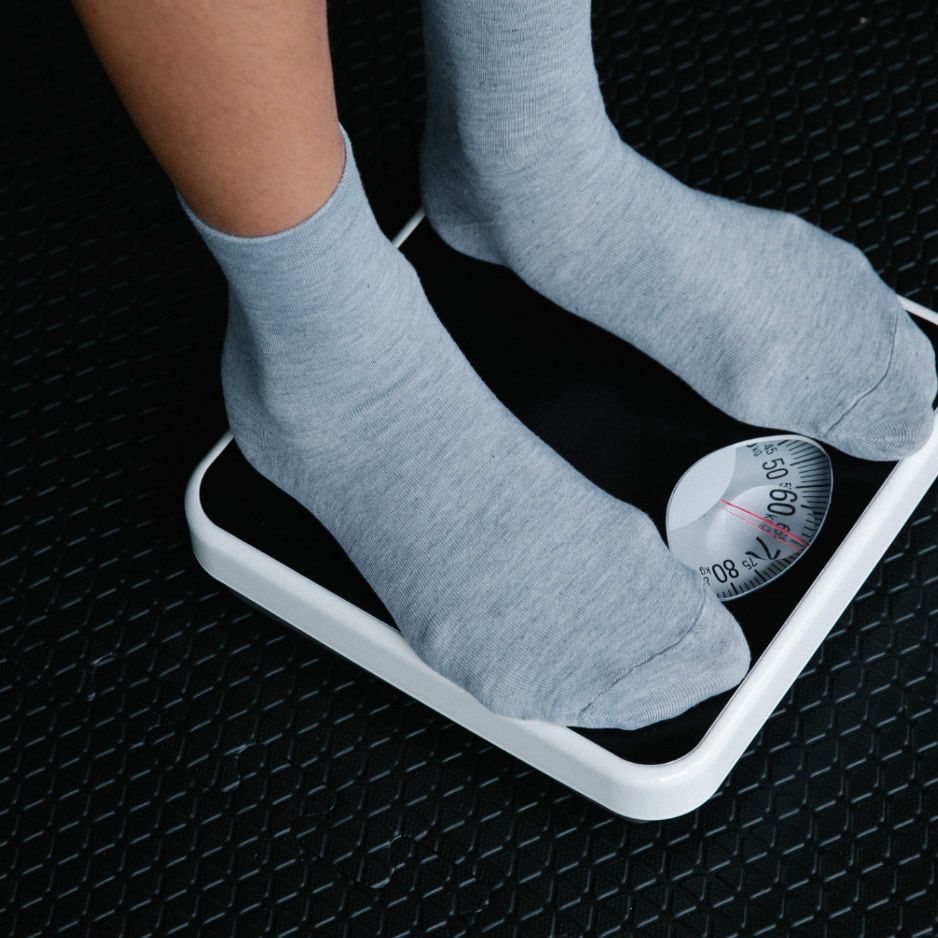Corporate Wellness Programs: Design, Launch, and Measure ROI

Corporate Wellness Programs: A Step-by-Step Guide to Designing, Launching, and Measuring ROI
Modern corporate wellness programs have evolved significantly from the days of a dusty treadmill in the break room. Today’s employees expect holistic support for their physical, mental, and financial health—and executives expect a clear return on every dollar spent.
This guide gives HR leaders, small-business owners, and wellness consultants the blueprint for building a high-impact corporate wellness strategy. You’ll learn the legal basics and see real-world ROI benchmarks.
What Is a Corporate Wellness Program?
A corporate wellness program is an organized set of policies, benefits, and activities that supports employees’ well-being across multiple dimensions: physical, mental, social, and financial. Common elements include:
- Annual biometric screenings such as DEXA body-composition scans
- On-site or virtual fitness classes
- Stress-management workshops and counseling
- Healthy-snack subsidies and nutrition challenges
- Financial-wellness education (401k literacy, student-loan counseling)
- Volunteer or community-service days

The goal is simple: help people thrive so they can bring their best selves to work—and stay with your company longer.
Why Invest in Corporate Wellness Programs? Eight Science-Backed Benefits
- Fewer sick days. In the 2024 Return on Wellbeing Report, 89 % of HR leaders said their wellness program led employees to take fewer sick days (Wellhub, 2024).
- Reduced healthcare costs. A peer-reviewed analysis of a multi-year cardiovascular-risk program found a $4.90 ROI for every $1 spent on employee wellness, driven largely by lower medical claims (Healthcare journal, 2024).
- Higher productivity. Sixty-three percent of business leaders say employee health is a key driver of productivity and performance (SHRM/HERO survey, 2021).
- Lower turnover. Nearly 98 % of HR leaders report that their wellbeing program reduces employee turnover (Wellhub, 2024).
- Improved morale and engagement. Forty-one percent of executives say wellness efforts boost morale and engagement (SHRM/HERO survey, 2021).
- Employer-brand boost. A 2023 survey of 5,500 U.S. workers found that 73 % would choose one employer over another if robust wellbeing benefits were offered (Gallup, 2023).
- Lower workers’-comp claims. Companies that implement ergonomic and injury-prevention wellness programs report a 75 % reduction in lost-work days and a $4–$6 return per $1 invested (DORN Companies white paper, 2022).
- Positive ripple effect on families. Wellness programs aimed at working parents improve health behaviors at home, benefiting households (International Journal of Environmental Research and Public Health, 2022).

The Five Pillars of a Modern Wellness Strategy
1. Physical Health
- Biometric assessments (e.g., a DEXA scan event)
- Fitness challenges and subsidized gym memberships
- Ergonomic workstation evaluations
2. Mental & Emotional Health
- Confidential Employee Assistance Programs (EAPs)
- Meditation or mindfulness-app stipends
- Manager training on psychological safety
- To learn more about how stress impacts body composition, see our article on Stress and Weight Gain.
3. Financial Well-Being
- 401k match plus investment-literacy workshops
- Student-loan repayment benefits
- Budgeting apps or tools
4. Social Connection
- Team volunteer events
- Employee Resource Groups (ERGs)
- Company sports leagues
5. Environmental & Occupational Health
- Flexible work arrangements or remote-work support
- Safe-lifting training for physical roles
- Green-office initiatives (standing desks, natural lighting)
Compliance 101: Navigating HIPAA, ADA, GINA, and ACA
| Law | Key Requirement | Quick Check |
|---|---|---|
| HIPAA | Protect personal health info; wellness incentives ≤ 30 % of plan cost (50 % if tobacco-related) | Is biometric data stored in a HIPAA-secure system? |
| ADA | Participation must be voluntary; provide reasonable accommodations | Are alternative activities available for employees with disabilities? |
| GINA | No incentives tied to genetic information | Do screenings avoid collecting family genetic data? |
| ACA | Incentives must be “reasonably designed” and offered annually | Have you offered a reasonable alternative standard? |
Tip: Partner with vendors that bake compliance into their platforms rather than carrying the full burden internally.
Choosing Technology & Vendor Partners
A best-in-class program often combines an internal committee with external specialists. Features to look for include:
- Real-time participation dashboards
- Rewards & incentive management
- Secure biometric data integration
- Mobile-first employee experience
- API connections to HRIS and insurance carriers

When evaluating vendors, request references from similar-size companies and confirm they pass your IT team’s SOC 2 or HITRUST review.
Implementation Roadmap (12-Month Playbook)
- Secure C-suite buy-in. Frame wellness as a business strategy, not a perk.
- Conduct a needs assessment. Use anonymous surveys plus claims data to identify top risks.
- Set SMART goals. Example: “Reduce year-over-year sick-day utilization by 10 %.”
- Form a wellness committee. Cross-functional representatives keep programs relevant.
- Design program components. Align incentives with the five pillars.
- Launch a pilot. Start with one office or department to address logistical details before scaling.
- Communicate early and often. Brand the program and share success stories.
- Measure & iterate. Review KPIs quarterly and tweak offerings.
Measuring Success: KPIs & Dashboards

| Category | Metric | Data Source |
|---|---|---|
| Participation | % of employees completing at least one program activity per quarter | Vendor portal |
| Health Outcomes | Avg. body-fat-percentage change (DEXA), blood-pressure control rates | Biometric vendors, BodySpec health-data services |
| Productivity | Sick-day usage, presenteeism survey scores | HRIS, pulse surveys |
| Financial | Healthcare claims PMPM, program cost per engaged employee | Insurer reports, Finance |
Set clear baselines during your first year. For objective body-composition data, consider scheduling an annual BodySpec Mobile Scan Day.
Real-World Corporate Wellness Program Case Studies
UR Medicine Employee Wellness (Healthcare, 2024)
A peer-reviewed study of this comprehensive, nurse-led program showed $1,224 annual cost savings per participant and a $4.90 ROI for every $1 invested over five years (Healthcare, 2024).
Google (Tech, 2023)
Google’s holistic wellness offerings—on-site clinics, healthy cafés, and mental-health resources—support industry-leading retention. Press coverage notes internal turnover below 5 % and credits robust wellbeing perks (BetterYou, 2023).
Wellhub Corporate Clients (Multi-industry, 2024 survey)
Among 2,000 HR leaders, 64 % reported at least a 2:1 financial ROI, while 98 % said the program reduced turnover (Wellhub, 2024).
DORN Ergonomics Program (Manufacturing, 2022)
A three-year rollout across 15 sites cut workers-comp claims from 6.8 % to < 1 % and saved $3 million in direct costs (DORN white paper, 2022).
Corporate Wellness Program FAQ
How much does a corporate wellness program cost per employee?
Recent market analyses place budgets between $150–$600 per employee annually depending on program depth and incentives (Vantage Fit, 2023).
Do wellness incentives actually drive participation?
Yes—financial incentives can significantly increase enrollment, and rewards up to 30 % of plan cost are permissible under HIPAA (Department of Labor guidance, 2023).
How soon will we see ROI?
A 2024 industry survey found that two-thirds of organizations realize positive ROI within 18–24 months of launch (Questco, 2024).
The Bottom Line
A thoughtful, data-driven corporate wellness program doesn’t just trim healthcare spend—it transforms culture, productivity, and retention. Partner with credible vendors—including specialists like BodySpec for corporate wellness solutions—to turn wellness into a strategic advantage.


